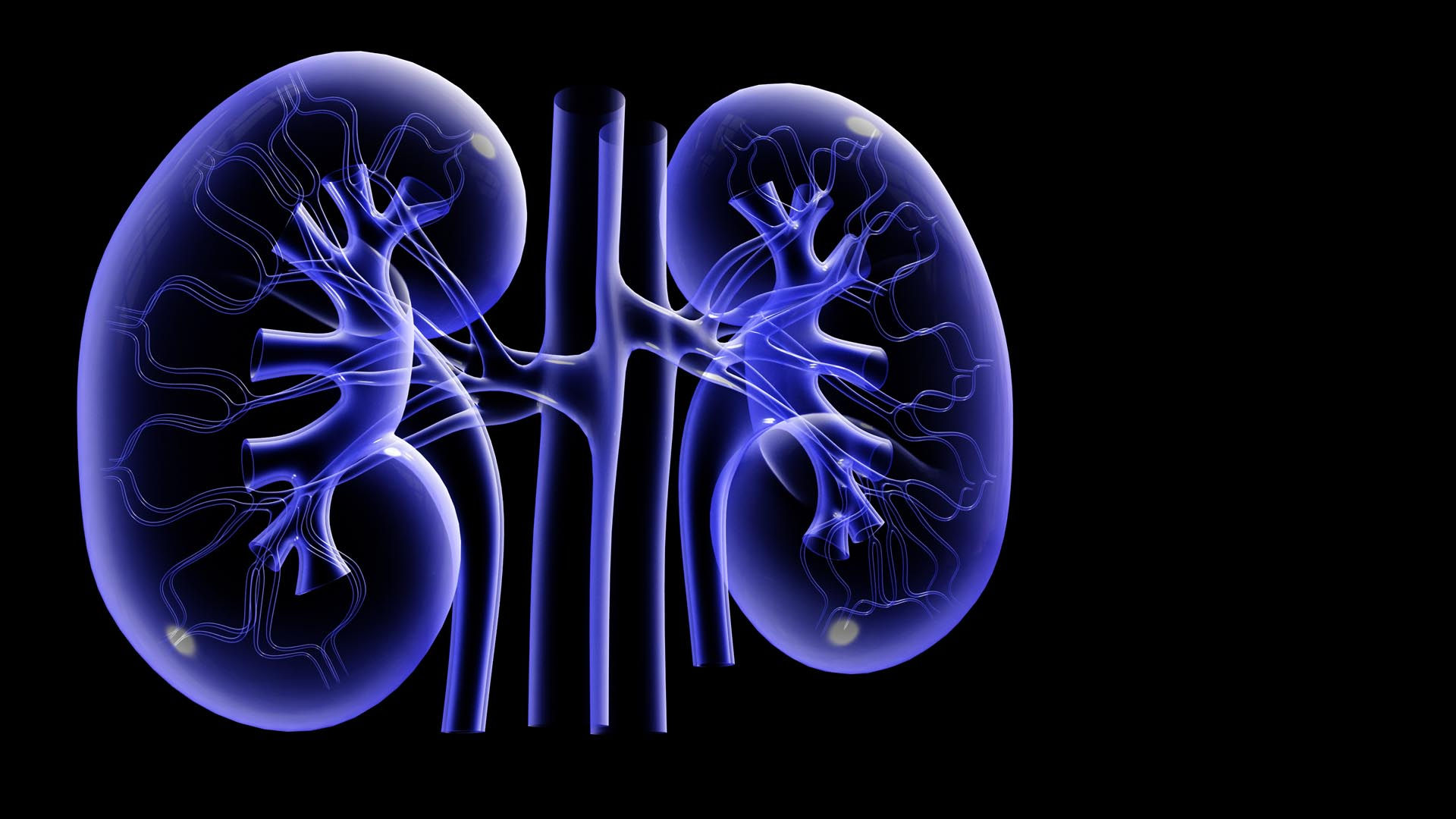
Dialyser - The Artificial Kidney
A dialyser consists of a rigid polyurethane shell containing hollow fibres or sheets of the dialysis membrane. Two ports allow blood and two ports allow dialysate to pass through the dialyser. The hollow fibres or parallel plates maximize the surface area of contact between blood and dialysate. In hollow fibre dialysers, blood flows through the capillaries. In parallel plate devices, blood and dialysate flow between alternate sheets.
There is little to choose between the two structures. Hollow fibre devices may have slightly lower priming volumes, and are easier to reuse, but may clot slightly more easily and may retain ethylene oxide (if used as a sterilant). Hollow fibre dialysers are much more commonly used in most countries.
An ideal dialyser should have: high clearance of small and medium MW toxins;
adequate UF; negligible losses of proteins and amino acids; non-toxic composition; minimal activation of cells or thrombotic pathways; minimal blood volume; reliability; reusability; low cost.
Hemodialysis
Dialysis removes nitrogenous (and other) waste products, and corrects the electrolyte, water, and acid-base abnormalities associated with renal failure. Dialysis does not correct the endocrine abnormalities of renal failure, nor prevent cardiovascular complications. It requires the use of a semipermeable membrane that will allow the passage of water and small molecular weight (MW) solutes, but not large molecules (e.g. proteins). (MW of urea = 60, creatinine = 113, vitamin B12 = 1355, albumin = 60 000, IgG = 140 000 Da).
Dialysis is diffusion and Ultrafiltration is removal of excess water.
Dialysis
This refers to the diffusion of solutes across a semipermeable membrane down a concentration gradient. The rate of diffusion is greatest when the concentration gradient is highest. This is the main mechanism for the removal of urea and creatinine, and for the replenishment of serum bicarbonate. Diffusion is proportional to the temperature of the solution (which increases random molecular movements), and inversely proportional to the viscosity and size of the molecule removed (large molecules diffuse slowly). Increasing blood flow through a dialyser (i.e. delivery of solute) increases the clearance particularly of small MW solutes (urea, creatinine), by maintaining a high concentration gradient. Membrane characteristics can also determine rate of diffusion high flux membranes are thin and have large pores, thus have a low resistance to diffusion. Diffusion is hindered if layers of fluid can accumulate on either side of a dialysis membrane. This can be minimized by maintaining high flow rates, and by the design of the dialyser. Protein bound solutes will not be removed by diffusion as the carrier proteins do not pass through the membrane. Only the free (unbound) fraction will be dialysed.
Ultrafiltration
This is the convective flow of water and dissolved solutes down a pressure gradient caused by hydrostatic or osmotic forces. Water is easily driven through the semipermeable membrane, and small solutes are dragged along. Large molecules will not pass through the membrane. In HD it usually occurs as a result of the negative pressure generated in the dialysate compartment by the dialysate effluent pump (transmembrane pressure, TMP). The rate of UF depends on the pressure gradient. Dialysis membranes differ in their permeability to water and solutes, and can be low or high flux membranes. Membrane permeability is measured as the UF coefficient, KUf, in ml/h/mmHg, and can vary from 2 to 50.



Dialysate
Sodium profiling or ramping refers to the use of variable sodium dialysate concentrations during an individual dialysis session to attempt to minimize hypotension.
Generally, high dialysate sodium is used in the initial phase of dialysis, and reduced later.
High initial sodium maintains plasma osmolality during the period of maximum rate of urea diffusion (early in dialysis), thus supporting plasma refilling from the interstitium.
The dialysate sodium concentration can subsequently be reduced.
A number of controlled trials have demonstrated the benefit of sodium profiling in intradialytic symptom control, especially for the reduction of cramps and better vascular stability.
Continuous conductivity measurement of dialysate is used to monitor sodium concentration.
The risk is sodium accumulation if the dialysate sodium is not reduced sufficiently during dialysis or the initial concentration is too high, leading to increased thirst, fluid overload, and hypertension. Hence the importance of accurate measurement of dialysate sodium.

Potassium
For maintenance HD there is rarely a need to change the dialysate potassium from 1.5 to 2 mmol/l. In ARF with oliguria, rhabdomyolysis, or the need for multiple blood transfusions, lower (or no) potassium dialysates may sometimes be needed. Some patients require higher potassium, or careful dietary advice, if they have persistent hypokalaemia from diarrhoea or vomiting, or daily dialysis.
Calcium
Water softening, deionizers, and reverse osmosis (RO) have removed the problem of hard water induced hypercalcaemia. Sufficient calcium is necessary to reverse the hypocalcaemia present in most patients without hyperparathyroidism. Conversely, low calcium dialysates (1.25 mmol/l) are needed in patients with uncontrollable hyperparathyroidism and hypercalcaemia. Reducing dialysate calcium is an important method to help manage hyperparathyroidism (when combined with vitamin D therapy and phosphate binders).
